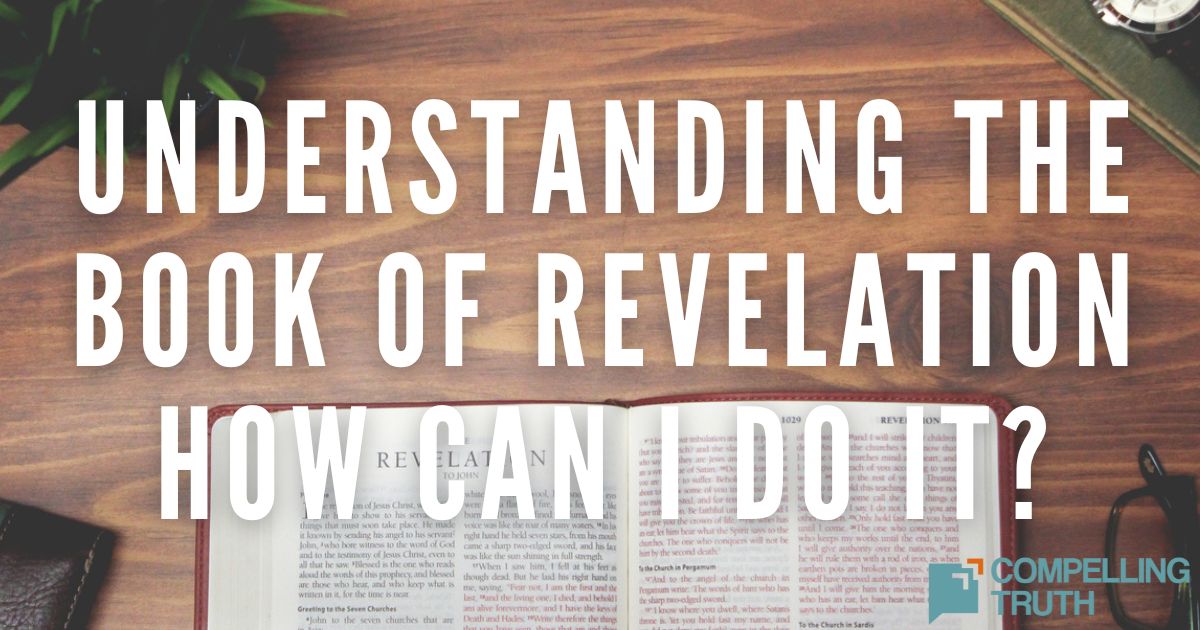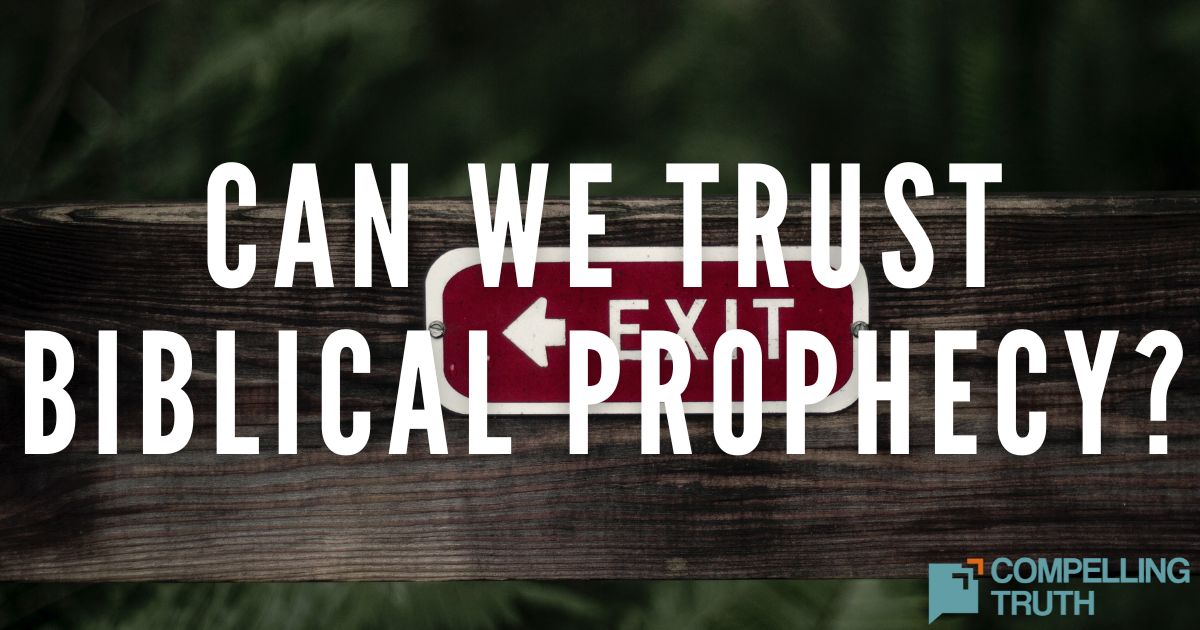Apocalyptic literature is a genre of prophetical writing that foretells supernaturally inspired cataclysmic events that will occur at the end of the world. Ezekiel, Daniel, Zechariah, Matthew 24, Mark 13, 2 Thessalonians, and Revelation contain the bulk of end-times prophecy and description in the Bible. Revelation is called The Revelation of Jesus Christ since it culminates in the return of Christ to the earth when Jesus is revealed in all His glory (Revelation 19). Apocalyptic literature might seem strange due to the symbols and imagery used, but studying it gives us a fuller, descriptive picture of the end times and helps us better understand God and His coming plans of judgment, redemption, and restoration.
Another reason for the oddity of apocalyptic literature is the very nature of the end times. By definition, the coming of God’s judgment and the destruction of our world will be out of the ordinary. It makes sense that the descriptions of such calamity would sound strange to us. However, in Revelation we are promised a blessing when we read, hear, and heed the prophecies of the book. So, we need to see this literature as something we can understand and follow (Revelation 1:3).
Apocalyptic literature also exists outside of the Bible, but that literature generally has an anonymous author and is vague about its audience. On the other hand, the Bible's apocalyptic literature is not so veiled. John clearly identifies himself as the writer of Revelation (Revelation 1:1–2) and addresses his writing to specific groups of people (Revelation 1:9–11). His general view, after the direct messages to specific churches, was far into the future (Revelation 1:19; 21—22). While apocalyptic literature might seem strange due to the imagery and descriptions used, it reveals God’s heart for us to know Him and how His plan of judgment, redemption, and restoration will unfold.




